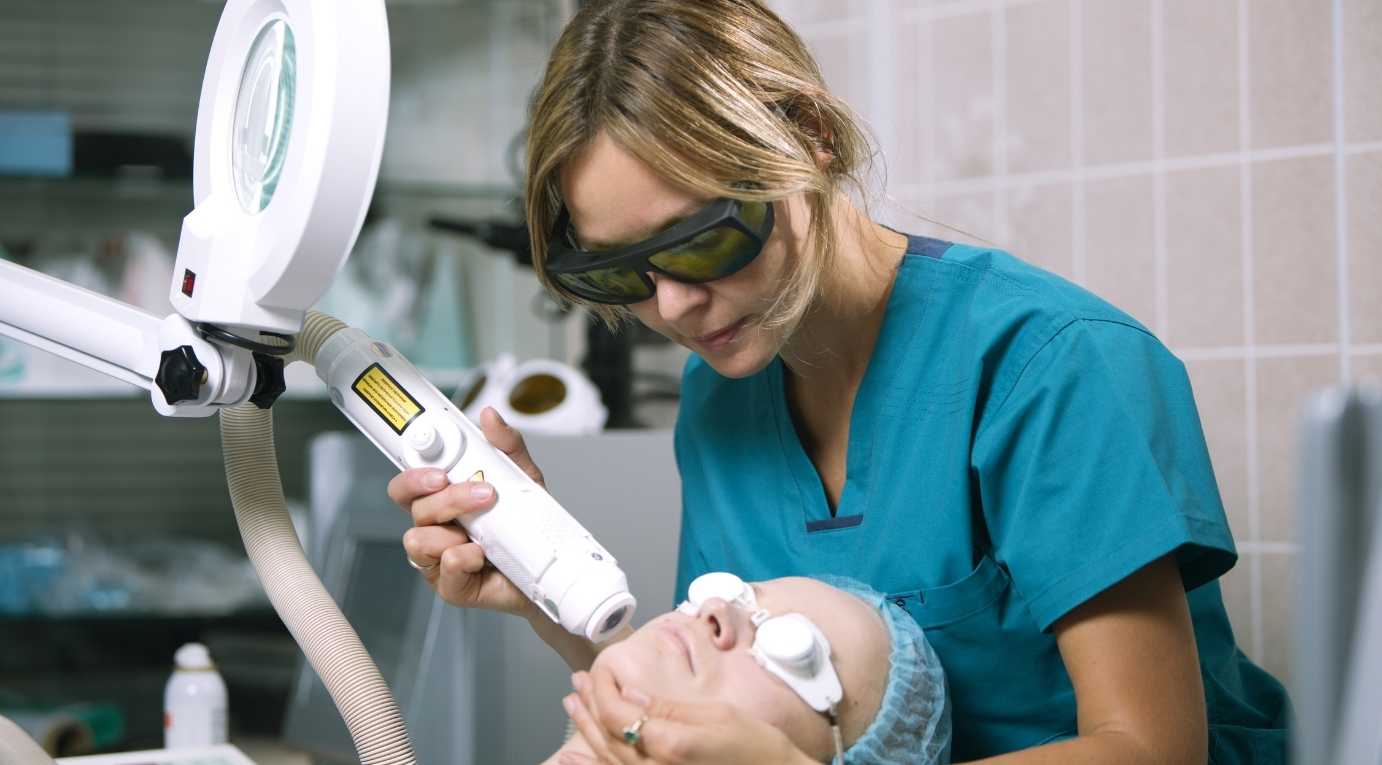Sunburn is the most common cause of premature aging in skin, and has been linked to many different types of cancers. Now an international team made up researchers from around world have found that they’re on track towards being able reverse or delay this damage for good!
The UV rays of sunlight are what causes skin cells to age prematurely, but new research has found a way to protect us from their effects. In the study published in Antioxidant and Redox Signaling last year by Professor Matt Whiteman at Exeter Medical School together with Drs Uraiwan Pannach & co., they exposed adult human skins as well mouse’s backsides after accepting that both humans and mice can be negatively impacted through various sources such windows or even clothes for example; this makes sense since we all want our bodies stay young forever!
When the natural collagen in our skin is eaten away by enzymes from UV radiation, we lose elasticity and sag. This causes wrinkles that get deeper with every passing year as well as potential for some cancers due to long-term damage done at cellular DNA level
One way you can protect yourself against these dangerous consequences of too much sun exposure? Use a cream made especially for your needs: one which will stay on top but not absorb into underlying layers so it doesn’t cause more problems than necessary!
The University of Exeter has discovered a new way to protect skin from damage caused by the sun, which does not use traditional sunscreen ingredients. Instead these researchers found two compounds invented at their university: AP39 and 123 – both patented inventions! The team’s research paves an exciting path in protecting deeper layers with added benefits for those who are interested but unable or unwilling bathers due make sure they’re protected against all risks associated UVA exposure even though its less relevant now since we have SPF 30+sunscreens available almost everywhere.
The researchers found that these compounds were able to reduce skin inflammation and damage in both animal models of burn injury, as well atopic dermatitis (eczema). They also prevented human cell aging MODEL experiments under test tube conditions but the first evidence for photo-aging effects on living beings has been identified here–the team reports their findings are “compelling.” In light of this discovery it’s important we begin considering how topical treatments may need alteration or supplementation so they can better combat common ailments associated with old age such as wrinkles form sun exposure; sagging jowls and weight gain around stomach area.
“The compounds AP39 and 123 specifically target the energy generating machinery inside our cells, which are called mitochondria,” says Prof Uraiwan Panich of Siriraj Hospital’s Mahidol University. “They provide it with alternative fuel in order to prevent stress when we’re under UV light – such as on vacation at beachside resorts where you might get sunburned if your skin isn’t protected.” The direct result is activation for two protective mechanisms: One protein called PGC1-α controls how many these organs exist within a cell; meanwhile another swells its size.
“We found that our molecules penetrate cells and specifically target mitochondria where they are needed,” said Professor Matt Whiteman of the University Of Exeter Medical School, a co-senior author on this paper. “By protecting ourselves from UV radiation with these cosmetic products applied to skin, we not only prevent damage but also preserve inflammation control mechanisms within our bodies.”
The implications of this research are wide-ranging, and it could have medical as well cosmetic applications. For example: premature aging caused by UV rays in conjunction with solar urticaria (hives) or rare hereditary diseases such xeroderma pigmentosum; allergic reactions to certain molecules that protect skin from those ultraviolets . A University team at Exeter has developed an innovative new company called MitoRx Therapeutics which is working on creating more potent detoxifying drugs using newer approaches while also exploring how they work within cells



